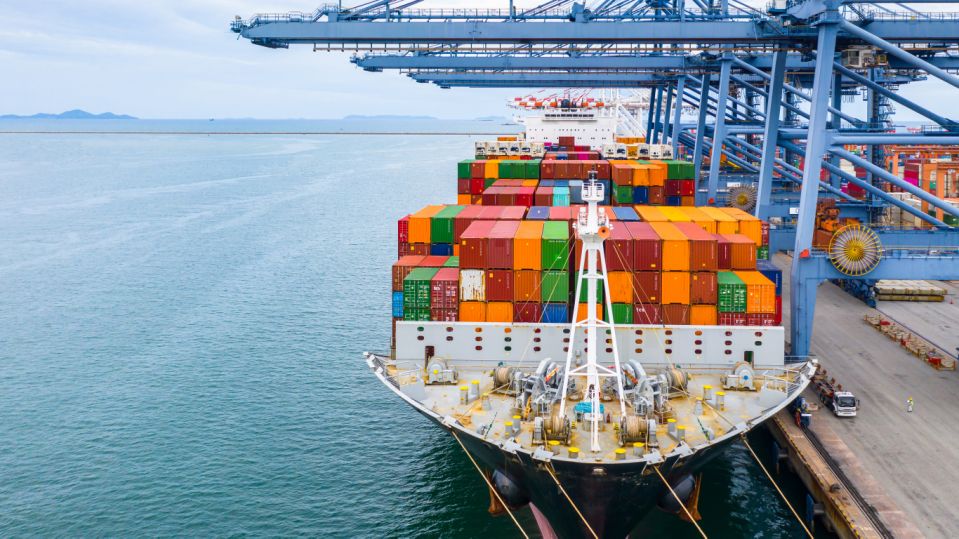Leaders from 15 Asia-pacific countries have formed the world’s largest trading bloc after signing the Regional Comprehensive Economic Partnership (RCEP) in Hanoi after a decade of talks.
The new free trade zone is bigger than both the US-Mexico-Canada Agreement and the European Union.
RCEP groups the 10 members of the Association of Southeast Asian Nations (Asean), China, Japan, South Korea, Australia, and New Zealand together.
Under the deal, members are saved from paying a range of tariffs on imports, some immediately and some within the next decade.
Intellectual property, telecommunications, financial services, e-commerce and professional services, are also covered under the agreement.
The pact covers nearly a third of the world’s population, it also accounts for 30% of global gross domestic product (GDP) and will reach around 2.2 billion consumers.
The China-backed deal excludes the US, which left a rival Asia-Pacific grouping after president Donald Trump pulled out in 2017.
“RCEP will soon be ratified by signatory countries and take effect, contributing to the post-COVID pandemic economic recovery,” said Nguyen Xuan Phuc, prime minister of Vietnam, which hosted the ceremony as ASEAN chair.
Head of the Multilateral Trade Policy Department at Vietnam’s Ministry of Industry and Trade, Luong Hoang Thai, said that RCEP “will help reduce or remove tariffs on industrial and agricultural products and set out rules for data transmission.”
The trade agreement covers chapters of a free trade deal, namely; tariffs; customs; administration; sanitary measures; services; investment and others.
It also includes unusual but significant elements.
Firstly the “rules of origin” — which officially define where a product comes from — this means parts from any member nation will be treated equally, which could give companies in RCEP countries an incentive to look within the trade region for suppliers.
Secondly, it marks the first time rival East Asian powers China, Japan and South Korea have been in a single free trade agreement.
Currently, many member states have free trade agreements (FTA) with each other, but limitations mean that businesses with global supply chains have to pay tariffs even within an FTA because their products contain parts that are made in other countries.
RCEP was launched in 2012 as an Asean initiative but is regarded by many as a China-backed alternative to the Trans-Pacific Partnership (TPP), a proposed trade deal that included many Asian countries but not China.
Twelve member states originally signed the TPP in 2016, with the US pulling out in 2017 and India exiting in November 2019 — although ASEAN leaders have said the doors are open for India to join.



